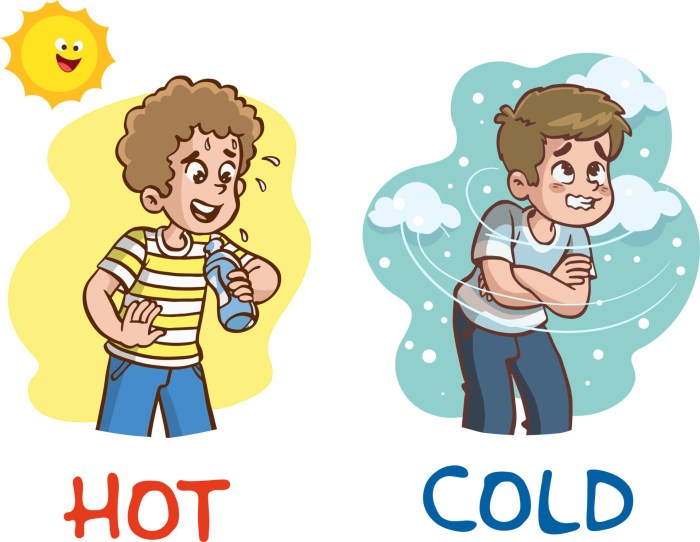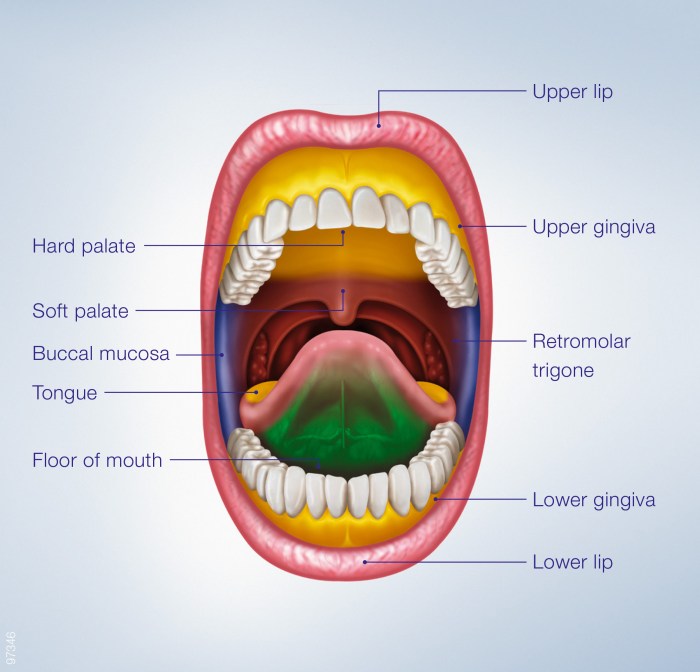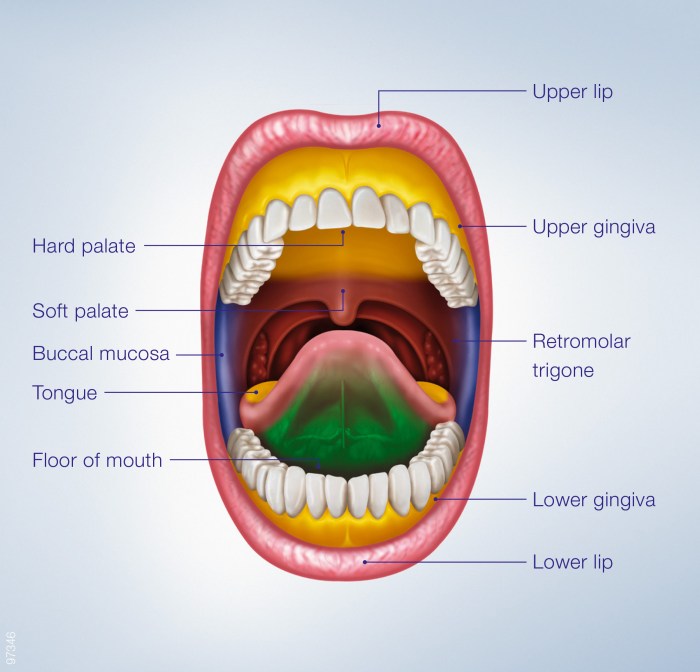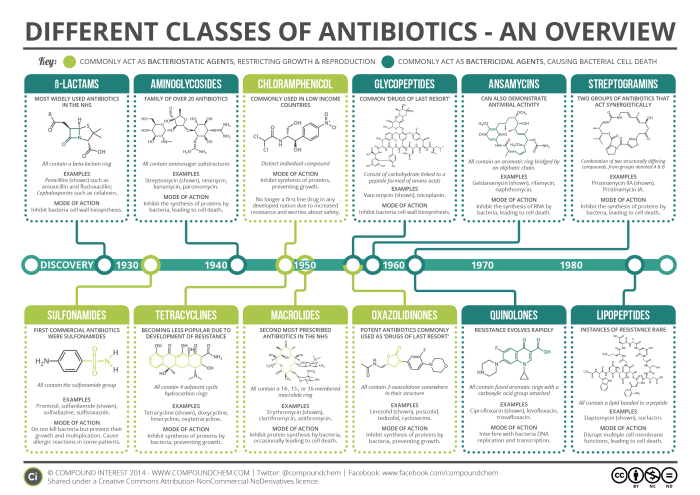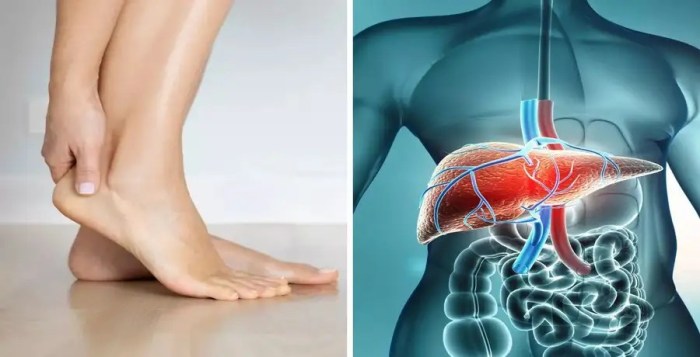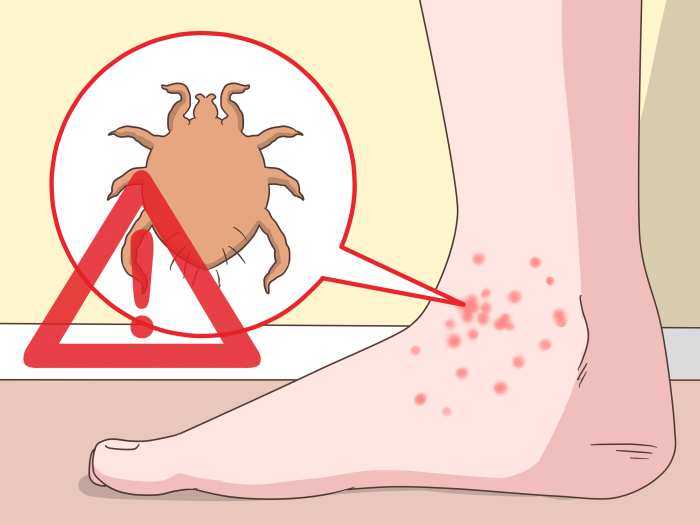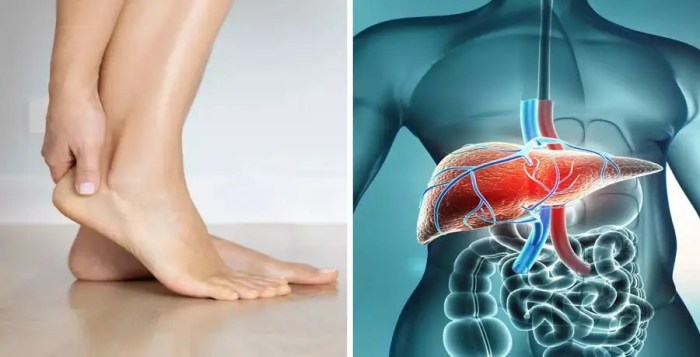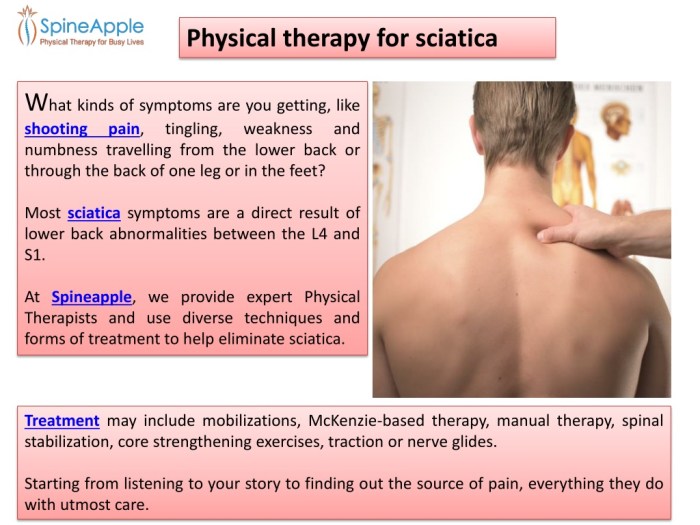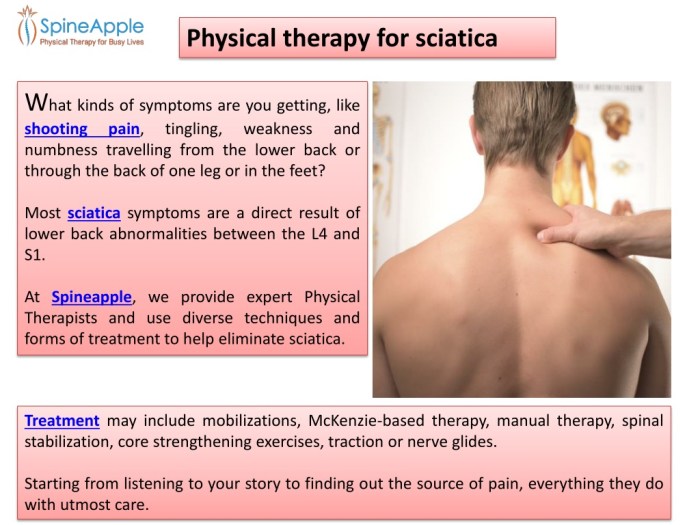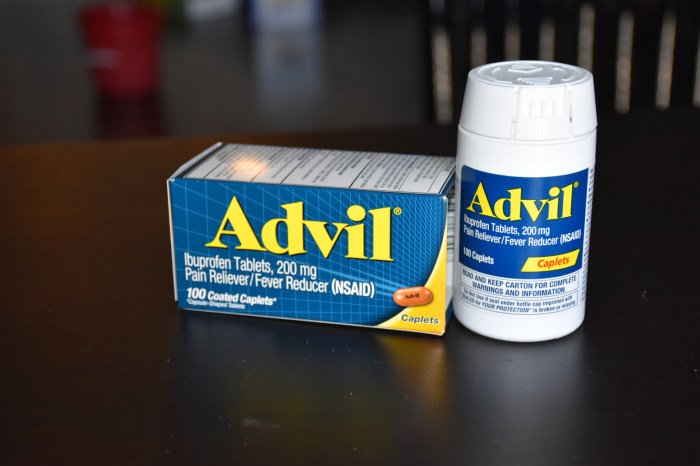Vitamin D two vs D three is a crucial comparison for understanding the different forms of this essential nutrient. Both play vital roles in calcium absorption and bone health, but their sources, absorption rates, and potential benefits differ. This exploration will delve into the chemical structures, dietary sources, and metabolic processes of each, ultimately helping you decide which form might be best for your needs.
We’ll explore how your body processes vitamin D2 (ergocalciferol) and vitamin D3 (cholecalciferol), examining their respective absorption rates and bioavailability. A key aspect will be the differences in how these forms contribute to bone health and overall well-being. We’ll also touch on potential health implications and supplement considerations.
Introduction to Vitamin D
Vitamin D, often called the “sunshine vitamin,” plays a crucial role in maintaining overall health. It’s not actually a vitamin in the traditional sense, but a group of fat-soluble secosteroids that are essential for numerous bodily functions. Understanding the different forms of vitamin D and their roles is key to optimizing your health and well-being.Vitamin D is vital for calcium absorption, bone health, immune function, and more.
It supports cell growth, reduces inflammation, and helps regulate blood sugar levels. The body can produce vitamin D when exposed to sunlight, but dietary intake is also necessary, particularly for those with limited sun exposure or absorption issues.
Forms of Vitamin D
Vitamin D exists in two primary forms: Vitamin D2 (ergocalciferol) and Vitamin D3 (cholecalciferol). These forms, while similar in function, differ in their origins and absorption processes.
Sources of Vitamin D
Different food sources provide different forms of vitamin D. Vitamin D3 is predominantly found in animal products, while Vitamin D2 is more commonly found in plant-based foods. Sun exposure is a significant source of Vitamin D3 production in the body.
Recommended Daily Intake
The recommended daily intake of vitamin D varies based on age, health conditions, and individual needs. Consulting with a healthcare professional is always recommended to determine the appropriate intake for your specific situation. A general guideline is usually provided by health organizations.
Vitamin D Forms and Their Characteristics
| Vitamin D Form | Source | Absorption | Benefits |
|---|---|---|---|
| Vitamin D2 (Ergocalciferol) | Fortified foods (e.g., cereals, plant milks), mushrooms exposed to UV light | Generally, well-absorbed by the body. | Supports bone health, immune function, and cell growth. |
| Vitamin D3 (Cholecalciferol) | Fatty fish (salmon, tuna), egg yolks, beef liver, and other animal products. | Highly efficient absorption when obtained from food sources. | Crucial for calcium absorption, bone mineralization, and maintaining healthy immune response. |
Vitamin D2 (Ergocalciferol)
Vitamin D2, also known as ergocalciferol, is a fat-soluble vitamin that plays a crucial role in calcium absorption and bone health. It’s a synthetic form of vitamin D, unlike vitamin D3, which is primarily produced by the body in response to sunlight exposure. Understanding the characteristics of vitamin D2 is important for individuals considering dietary supplements or seeking to optimize their vitamin D intake.Vitamin D2 is structurally similar to vitamin D3, but differs in its chemical makeup.
This difference in structure impacts how the body processes and utilizes these two forms of vitamin D. Consequently, their bioavailability and absorption rates also vary.
Chemical Structure of Vitamin D2
Vitamin D2 differs from vitamin D3 in the presence of a double bond in the side chain of the molecule, which influences how it interacts with the body’s receptors. This difference impacts the rate of conversion and utilization within the body.
Figuring out vitamin D2 vs. D3 can be tricky, but it’s a crucial element for overall well-being. Sometimes, dealing with the demands of caring for a loved one can lead to significant stress and exhaustion, potentially manifesting as signs of caregiver burnout. Understanding these signs, like feeling overwhelmed or experiencing emotional exhaustion, can help prioritize self-care. Ultimately, a balanced approach to vitamin D intake, whether it’s D2 or D3, is vital for maintaining good health, especially when navigating the challenges of caregiving.
signs of caregiver burnout are something that should be taken seriously.
Dietary Sources of Vitamin D2
Vitamin D2 is primarily found in foods fortified with it, rather than naturally occurring in substantial quantities. These fortified foods frequently include plant-based milks, cereals, and other food products. Yeast is another notable source of Vitamin D2.
Process of Vitamin D2 Activation in the Body
The body converts vitamin D2 into its active form, calcitriol, through a series of enzymatic reactions. This process occurs primarily in the liver and kidneys. The key steps involve hydroxylation (adding a hydroxyl group) in these organs, ultimately leading to the production of the active hormone calcitriol. The active form, calcitriol, then regulates calcium and phosphorus metabolism, influencing bone health.
Absorption Rate and Bioavailability of Vitamin D2
The absorption rate and bioavailability of vitamin D2 are generally lower compared to vitamin D3. While the body can absorb and utilize vitamin D2, the efficiency is often less than that observed with vitamin D3. This difference in bioavailability is frequently attributed to differences in the chemical structures of vitamin D2 and D3. The lower bioavailability of vitamin D2 may be a factor to consider when choosing between vitamin D2 and D3 supplements.
Comparison of Vitamin D2 and D3
| Feature | Vitamin D2 (Ergocalciferol) | Vitamin D3 (Cholecalciferol) |
|---|---|---|
| Sources | Fortified foods (plant-based milks, cereals), yeast | Fatty fish, egg yolks, and sunlight exposure |
| Absorption Rate | Lower than vitamin D3 | Higher than vitamin D2 |
| Bioavailability | Lower than vitamin D3 | Higher than vitamin D2 |
| Potential Benefits | Support bone health, calcium absorption | Support bone health, immune function, and more |
Vitamin D3 (Cholecalciferol)
Vitamin D3, also known as cholecalciferol, is a crucial fat-soluble vitamin essential for calcium absorption and bone health. Unlike vitamin D2, it’s primarily synthesized in the body upon exposure to sunlight. Understanding its unique characteristics, sources, and activation process is vital for appreciating its role in overall well-being.
Chemical Structure of Vitamin D3
Vitamin D3’s chemical structure differs slightly from that of vitamin D2. It’s a steroid seco-sterol, characterized by a cyclopentanoperhydrophenanthrene ring system. The key structural difference lies in the presence of a methyl group on the side chain. This subtle difference in structure significantly impacts its metabolic pathways and ultimately its bioavailability and efficacy in the body.
Dietary Sources of Vitamin D3
Vitamin D3 is primarily obtained through dietary sources rich in animal fats. These include fatty fish (salmon, tuna, mackerel), egg yolks, and liver. Exposure to sunlight also plays a critical role in vitamin D3 synthesis in the skin.
Process of Vitamin D3 Activation in the Body
The activation of vitamin D3 involves a series of enzymatic steps in the liver and kidneys. First, vitamin D3 undergoes hydroxylation in the liver, converting it to 25-hydroxyvitamin D3. Then, further hydroxylation occurs in the kidneys, converting 25-hydroxyvitamin D3 to the active form, 1,25-dihydroxyvitamin D3 (calcitriol). This active form plays a crucial role in regulating calcium and phosphorus metabolism, essential for bone health and numerous other physiological functions.
Absorption Rate and Bioavailability of Vitamin D3 Compared to D2
Vitamin D3 generally demonstrates a higher absorption rate and bioavailability compared to vitamin D2. This difference is due to the structural variations between the two vitamins. The methyl group in vitamin D3 facilitates its absorption and utilization more efficiently in the body. This enhanced bioavailability means a smaller dose of vitamin D3 can yield comparable benefits to a larger dose of vitamin D2.
Comparison of Vitamin D2 and D3
| Characteristic | Vitamin D2 (Ergocalciferol) | Vitamin D3 (Cholecalciferol) |
|---|---|---|
| Sources | Plant-based foods, fortified foods | Animal-based foods (fatty fish, egg yolks, liver), sunlight |
| Absorption Rate | Lower | Higher |
| Bioavailability | Lower | Higher |
| Potential Benefits | Bone health, immune function, calcium absorption | Bone health, immune function, calcium absorption, potential role in other physiological functions |
Differences between D2 and D3: Vitamin D Two Vs D Three

Vitamin D, crucial for calcium absorption and bone health, exists in two primary forms: D2 (ergocalciferol) and D3 (cholecalciferol). While both are vital for maintaining optimal vitamin D levels, they differ in their origins, metabolism, and ultimate effectiveness in the body. Understanding these nuances is key to appreciating the potential benefits and limitations of each form.
Mechanisms of Action
Vitamin D2 and D3 both ultimately work to increase calcium absorption in the gut and regulate calcium levels in the blood. However, their pathways differ. Vitamin D3, produced in the skin upon exposure to sunlight, is more readily converted to its active form, calcitriol, within the body. Vitamin D2, obtained from plant sources, requires more steps for activation.
This difference in metabolic pathways can influence how effectively each form contributes to overall vitamin D status.
Body Processing Differences
The body’s processing of vitamin D2 and D3 differs significantly. Vitamin D3 is more efficiently converted to its active form, calcitriol, within the liver and kidneys. This efficient conversion results in higher circulating levels of the active form compared to vitamin D2. Vitamin D2, while ultimately leading to calcitriol production, needs more steps to complete the metabolic cascade.
This difference can influence how quickly and completely each form contributes to maintaining adequate vitamin D levels.
Effects on Bone Health
Both forms of vitamin D are crucial for bone health. Vitamin D facilitates calcium absorption, a vital nutrient for bone density and strength. Both vitamin D2 and D3 support bone mineralization and help maintain calcium homeostasis, contributing to the overall structural integrity of the skeletal system. However, differences in their metabolic pathways and conversion rates might lead to variations in their effects on bone health.
Further research is needed to fully clarify these potential variations.
Comparison of Calcium Absorption and Blood Levels
| Feature | Vitamin D2 | Vitamin D3 |
|---|---|---|
| Calcium Absorption | Generally less effective at increasing calcium absorption compared to vitamin D3. | Generally more effective at increasing calcium absorption compared to vitamin D2. |
| Blood Calcium Levels | May not consistently elevate blood calcium levels as effectively as vitamin D3. | More effectively increases blood calcium levels to maintain homeostasis. |
Effectiveness in Preventing/Treating Deficiency
The effectiveness of vitamin D2 and D3 in preventing or treating deficiency varies. While both forms can contribute to vitamin D status, vitamin D3 often shows a more robust and sustained impact. This is primarily due to its more efficient conversion to the active form, calcitriol, within the body. The varying effectiveness should be considered when recommending vitamin D supplementation.
The optimal form and dosage should be individualized based on specific needs and circumstances.
| Feature | Vitamin D2 | Vitamin D3 |
|---|---|---|
| Effectiveness in preventing deficiency | Can be effective, but may require higher doses and longer durations to achieve adequate levels. | Generally considered more effective at achieving and maintaining adequate vitamin D levels, potentially with lower doses. |
| Effectiveness in treating deficiency | May require higher doses and more time to address deficiency. | Generally considered more effective and potentially faster at correcting deficiency. |
Absorption and Metabolism
Vitamin D’s journey through the body is a fascinating process, involving both absorption from the diet and intricate metabolic transformations. Understanding how our bodies process vitamin D2 and D3 is crucial for appreciating the nuances of these vital nutrients. These processes dictate their effectiveness and ultimately impact their impact on our health.The absorption and metabolism of vitamin D are critical for maintaining optimal calcium levels and overall bone health.
Proper understanding of these processes can help us make informed decisions about our dietary choices and supplementation.
Absorption Mechanisms
The body’s ability to absorb vitamin D depends on its chemical form. Vitamin D2 (ergocalciferol) and vitamin D3 (cholecalciferol) differ in their absorption mechanisms. Both forms are primarily absorbed in the small intestine, but the specific pathways and factors influencing absorption vary. Dietary fat plays a significant role in facilitating the absorption of both vitamin D2 and D3.
Role of the Liver and Kidneys
The liver and kidneys are vital players in the activation and regulation of vitamin D. The liver is responsible for the initial conversion of vitamin D into its biologically inactive precursor form. The kidneys then complete the activation process, transforming this precursor into the active form, calcitriol (1,25-dihydroxyvitamin D). This active form is crucial for regulating calcium and phosphorus homeostasis.
Differences in Absorption Rates, Vitamin d two vs d three
Studies suggest that vitamin D3 is generally better absorbed than vitamin D2. The absorption rate of vitamin D3 is often reported to be 50-80% higher than that of vitamin D2. This difference arises from the chemical structure of each vitamin, with D3’s structural similarity to the naturally produced form being a key factor. This higher absorption efficiency is one reason why vitamin D3 is often preferred in supplementation.
While researching vitamin D2 vs. D3, I stumbled upon the fascinating connection between vitamin D deficiency and potential heart issues, like right-sided heart failure. Understanding the causes and treatment options for this condition is crucial, especially for those with low vitamin D levels. For a deeper dive into the specifics of right-sided heart failure causes and treatment, check out this helpful resource: right sided heart failure causes and treatment.
Ultimately, knowing the different types of vitamin D and how they impact overall health, including heart health, is essential for maintaining a healthy lifestyle.
Metabolic Pathways
The metabolic pathways for vitamin D2 and D3 are similar, but there are subtle differences. Both forms undergo a two-step process: initial conversion in the liver and subsequent activation in the kidneys.
| Vitamin Form | Liver Conversion | Kidney Activation |
|---|---|---|
| Vitamin D2 (Ergocalciferol) | Converted to 25-hydroxyvitamin D2 | Further converted to 1,25-dihydroxyvitamin D2 (less active) |
| Vitamin D3 (Cholecalciferol) | Converted to 25-hydroxyvitamin D3 | Further converted to 1,25-dihydroxyvitamin D3 (more active) |
The diagram below illustrates the metabolic pathways for both forms, highlighting the key steps and the roles of the liver and kidneys.
Note: A detailed diagram depicting the conversion process would be best visualized using a flowchart or chemical structure representation to fully illustrate the steps. A visual representation would be ideal to understand the differences in the processes of vitamin D2 and D3.
Health Implications
Vitamin D’s impact on our overall well-being is profound, extending far beyond bone health. Adequate vitamin D levels contribute to a robust immune system, healthy muscles, and a potentially lower risk of certain chronic diseases. Conversely, vitamin D deficiency can lead to a range of health problems, impacting various bodily functions. Understanding the nuances of vitamin D2 and D3, and how they affect our health, is crucial for making informed decisions about our well-being.Sufficient vitamin D is vital for maintaining optimal health.
It plays a key role in numerous bodily functions, and its impact on overall health and well-being is undeniable. This section delves into the potential health benefits of sufficient vitamin D levels, the risks of deficiency, and the effects of both forms on key systems like the immune system, muscles, and cardiovascular system. It also compares the effectiveness of vitamin D2 and D3 supplementation in addressing deficiencies.
Potential Health Benefits of Adequate Vitamin D Levels
Adequate vitamin D levels are associated with a range of potential health benefits. These include a reduced risk of various conditions, improved immune function, and better bone health. Maintaining optimal levels can positively influence overall well-being and potentially prevent certain diseases.
- Reduced Risk of Certain Diseases: Studies suggest a link between sufficient vitamin D levels and a decreased risk of developing conditions like type 2 diabetes, certain cancers (e.g., colorectal, breast), and autoimmune diseases (e.g., multiple sclerosis). While more research is needed to definitively establish causality, maintaining healthy vitamin D levels may be a valuable strategy for disease prevention.
- Improved Immune Function: Vitamin D plays a crucial role in regulating the immune system. Adequate levels can support immune responses and potentially reduce the risk of infections. This is particularly relevant in combating respiratory illnesses and maintaining overall immunity.
- Stronger Bones and Muscles: Vitamin D is essential for calcium absorption, which is critical for bone health. It also contributes to muscle strength and function. Sufficient vitamin D intake is vital for preventing osteoporosis and maintaining healthy muscle mass, especially as we age.
Potential Risks of Vitamin D Deficiency
Vitamin D deficiency can have detrimental effects on various aspects of health. This deficiency can lead to weakened bones, weakened immune systems, and potential complications in other bodily systems. The severity of these effects can vary depending on the extent and duration of the deficiency.
- Rickets (Children): In children, severe vitamin D deficiency can lead to rickets, a condition characterized by soft, weakened bones. This can result in skeletal deformities and growth retardation.
- Osteomalacia (Adults): In adults, vitamin D deficiency can cause osteomalacia, a condition characterized by soft, weakened bones. This can lead to bone pain, muscle weakness, and increased fracture risk.
- Increased Risk of Chronic Diseases: Research suggests a correlation between vitamin D deficiency and an increased risk of developing certain chronic diseases, including type 2 diabetes, cardiovascular disease, and certain cancers.
Symptoms of Vitamin D Deficiency
Vitamin D deficiency can manifest in various ways, ranging from mild fatigue to more severe symptoms. Recognizing these symptoms can prompt appropriate intervention and prevent potential health complications.
- Fatigue and Weakness: Persistent fatigue and muscle weakness are common symptoms of vitamin D deficiency. These symptoms can range from mild discomfort to significant impairment of daily activities.
- Bone Pain and Muscle Pain: Pain in bones and muscles can be a sign of vitamin D deficiency. This pain can vary in intensity and location, and can impact mobility and overall well-being.
- Increased Infection Risk: A weakened immune system due to vitamin D deficiency can increase susceptibility to infections. Frequent or persistent infections could indicate a need to assess vitamin D levels.
Effects on Immune Function, Muscle Strength, and Cardiovascular Health
Vitamin D’s influence extends to various bodily systems, impacting immune function, muscle strength, and cardiovascular health. Adequate vitamin D levels are essential for maintaining optimal performance in these areas.
- Immune Function: Vitamin D plays a key role in modulating immune responses. It helps regulate the activity of immune cells and supports the body’s defenses against pathogens. Inadequate levels can compromise immune function, increasing susceptibility to infections.
- Muscle Strength: Vitamin D is crucial for muscle function and strength. It aids in calcium absorption, which is vital for muscle contraction. Deficiency can lead to muscle weakness, pain, and reduced physical performance.
- Cardiovascular Health: Emerging research suggests a link between vitamin D levels and cardiovascular health. Sufficient vitamin D may contribute to healthy blood pressure regulation and potentially reduce the risk of cardiovascular diseases.
Effectiveness of Vitamin D2 and D3 Supplements
The efficacy of vitamin D2 and D3 supplements in addressing deficiencies is a subject of ongoing research. While both forms can raise blood levels of vitamin D, their effectiveness may differ.
- Vitamin D3: Generally considered more effective in raising and maintaining vitamin D levels compared to vitamin D2. This is attributed to its greater similarity to the body’s naturally produced form.
- Vitamin D2: While effective, it may require higher doses to achieve the same blood level increase as vitamin D3. The body’s ability to convert D2 to its active form might be less efficient.
Supplement Considerations
Choosing the right vitamin D supplement can be confusing, given the variations in D2 and D3 forms, dosages, and potential side effects. Understanding these factors is crucial for making informed decisions about your supplement regimen. This section delves into the specifics of supplement forms, dosage recommendations, potential risks, and provides comparative data for both vitamin D2 and D3.
Supplement Forms
Various forms of vitamin D2 and D3 supplements are available, each with unique characteristics. These include capsules, tablets, gummies, liquids, and powders. The choice of form often comes down to personal preference and the ease of consumption. For instance, liquid forms can be easily absorbed by individuals who find swallowing pills difficult. Capsules and tablets are the most common forms due to their convenient packaging and stability.
Dosage Recommendations
Recommended daily allowances (RDAs) for vitamin D vary based on age, sex, and overall health. It’s essential to consult with a healthcare professional to determine the appropriate dosage for individual needs. Overdosing on vitamin D can lead to hypervitaminosis D, causing a range of adverse effects. Generally, recommended dosages for adults range from 600 to 800 IU (International Units) daily.
Potential Side Effects
While vitamin D is crucial for overall health, excessive intake can lead to adverse effects. Side effects of vitamin D supplementation can include nausea, vomiting, loss of appetite, weakness, and increased thirst. In severe cases, hypercalcemia (high blood calcium levels) can occur, which may manifest as kidney stones, bone pain, or heart problems. It’s important to note that these side effects are usually associated with very high doses over prolonged periods.
Supplement Brand Comparison
| Brand Name | Vitamin D Form | Dosage (IU/serving) |
|---|---|---|
| Nature’s Bounty | Vitamin D3 | 5000 IU |
| Solgar | Vitamin D3 | 2000 IU |
| Now Foods | Vitamin D2 | 1000 IU |
| Thorne Research | Vitamin D3 | 5000 IU |
This table provides a glimpse into the variety of vitamin D supplement brands available, highlighting their respective forms and dosages. Always verify product labels for precise details and recommended daily intakes.
Vitamin D2 vs D3: Pros and Cons
| Feature | Vitamin D2 (Ergocalciferol) | Vitamin D3 (Cholecalciferol) |
|---|---|---|
| Absorption | Generally requires more time and conversion processes in the body. | Generally better absorbed and requires less conversion. |
| Conversion | Requires more conversion steps in the body to become active. | Requires fewer conversion steps in the body to become active. |
| Effectiveness | May not be as effective as vitamin D3 in some cases. | Generally considered more effective in some biological processes. |
| Source | Plant-based | Animal-based or synthesized |
| Side Effects | Potentially higher risk of side effects due to conversion and absorption issues | Potentially lower risk of side effects due to better absorption and conversion. |
This table summarizes the key distinctions between D2 and D3 supplements, outlining their absorption rates, effectiveness, and potential side effects. This information can assist in selecting the most suitable supplement for individual needs. Consult with a healthcare professional for personalized guidance.
Expert Opinions
Navigating the world of vitamin D supplements can feel like a minefield. With so many options and claims, it’s essential to understand the perspectives of experts in the field. This section explores the viewpoints of reputable health organizations and researchers on vitamin D2 and D3, offering valuable insights into optimal choices.The diverse opinions regarding vitamin D2 and D3 highlight the complexity of this topic.
While some research leans toward one form over the other, the ultimate decision often depends on individual factors, such as health conditions, dietary habits, and specific needs.
While researching vitamin D2 vs D3, I stumbled upon an interesting comparison of health trackers – the Oura Ring versus the Apple Watch. This comparison of wearable tech helps me better understand the different ways we can monitor our health, which directly impacts how much vitamin D we need. Ultimately, though, the key takeaway for vitamin D2 vs D3 remains the same – more research is needed to determine which is best.
oura ring vs apple watch is a great resource for those wanting to delve deeper into wearable tech and health monitoring.
Summary of Expert Viewpoints
The varied perspectives on vitamin D2 and D3 are influenced by the specific research findings and the diverse needs of individuals. Some organizations emphasize the importance of adequate vitamin D intake, regardless of the form, while others may offer more specific recommendations. The available research often presents complex data, requiring careful consideration.
Health Professional Recommendations
Many health professionals emphasize the crucial role of vitamin D for overall health. While some favor vitamin D3 due to its higher conversion rate to the active form, others acknowledge the effectiveness of vitamin D2 in certain situations. Their recommendations frequently incorporate individual factors, including sun exposure and dietary intake, into the decision-making process. A balanced approach considering individual needs is vital.
Considerations for Choosing the Right Form
Several factors play a crucial role in selecting the appropriate form of vitamin D. Individual health conditions, dietary habits, and lifestyle choices can influence the optimal choice. A healthcare professional can provide tailored advice based on individual circumstances, considering the potential benefits and risks of each form. The best choice is often a personalized one, guided by expert advice.
Table of Health Professional Opinions
| Health Professional/Organization | Opinion on Vitamin D2 | Opinion on Vitamin D3 | Considerations |
|---|---|---|---|
| National Institutes of Health (NIH) | Acknowledges D2 as an effective source of vitamin D. | Recognizes D3 as potentially more effective in some individuals. | Emphasizes the importance of adequate vitamin D intake, regardless of the source. |
| American Academy of Nutrition and Dietetics | Acknowledges the effectiveness of D2 for vitamin D needs. | May suggest D3 as a potentially more bioavailable option for some. | Focuses on dietary sources and overall nutritional intake for vitamin D. |
| Dr. [Name of a prominent researcher/physician] | Notes D2 may be suitable for certain individuals, especially those with specific dietary needs. | Recommends D3 as the preferred form in most cases, due to its superior conversion rate. | Highlights individual factors, including sun exposure and genetics, in the choice. |
| Mayo Clinic | Acknowledges the effectiveness of D2 in fulfilling vitamin D requirements. | May suggest D3 as the superior choice, particularly in individuals with limited sun exposure. | Emphasizes the importance of consulting a healthcare professional for personalized advice. |
Further Research
Understanding the nuanced differences between vitamin D2 and D3 remains a crucial area of ongoing investigation. While significant progress has been made in elucidating their roles in human health, gaps in our knowledge persist, particularly regarding long-term effects and specific population responses. Further research is vital to refine recommendations, optimize supplementation strategies, and tailor interventions for optimal health outcomes.
Long-Term Effects on Specific Populations
Current research primarily focuses on short-term effects and general population responses to vitamin D supplementation. However, long-term impacts on various populations, such as pregnant women, individuals with specific genetic predispositions, or those with co-morbidities, require further investigation. Detailed studies examining these subgroups are essential to understand potential long-term health implications and adverse reactions.
Comparative Metabolite Kinetics and Tissue Distribution
A deeper understanding of how vitamin D2 and D3 are metabolized and distributed within the body is necessary. The differing kinetics of absorption, conversion to active forms, and tissue-specific accumulation of each form could significantly impact their overall effectiveness and safety. Further research is needed to identify specific mechanisms and pinpoint the extent to which these variations influence health outcomes.
Interaction with Other Nutrients and Medications
Vitamin D interacts with a wide range of nutrients and medications. Research should investigate the complex interplay between vitamin D2 and D3 with other essential nutrients like calcium, magnesium, and zinc. Furthermore, understanding potential drug interactions, particularly with medications impacting calcium metabolism, is crucial for optimizing treatment strategies and preventing adverse effects. Understanding these intricate interactions will enable healthcare professionals to make informed decisions regarding vitamin D supplementation, particularly in patients taking multiple medications.
Comparative Effectiveness in Specific Health Conditions
Extensive research is required to compare the effectiveness of vitamin D2 and D3 in treating or preventing specific health conditions. The impact on bone health, immune function, cardiovascular health, and other relevant areas should be meticulously studied in various populations and under diverse conditions. This comparison will provide valuable insights into the optimal form and dosage for different health conditions.
Table of Future Research Areas
| Research Area | Specific Focus | Expected Outcomes |
|---|---|---|
| Long-Term Effects | Investigating the long-term impact of vitamin D2 and D3 supplementation on various populations (e.g., elderly, pregnant women, individuals with autoimmune diseases). | Identification of potential long-term benefits and risks, leading to refined supplementation guidelines. |
| Metabolism and Distribution | Analyzing the differences in absorption, conversion to active forms, and tissue distribution of vitamin D2 and D3. | Improved understanding of how each form interacts with the body’s systems and potential for tailoring treatment based on individual metabolic profiles. |
| Nutrient and Drug Interactions | Examining the interplay between vitamin D2/D3 and other nutrients (calcium, magnesium) and medications. | Development of optimized supplementation strategies that minimize potential adverse interactions and maximize therapeutic benefits. |
| Effectiveness in Specific Conditions | Comparative studies evaluating the effectiveness of vitamin D2 and D3 in preventing or treating various health conditions (e.g., osteoporosis, diabetes, autoimmune diseases). | Establishment of evidence-based recommendations for vitamin D supplementation in specific health conditions. |
Epilogue

In conclusion, understanding the nuances of vitamin D2 and D3 is vital for optimal health. While both forms are important for vitamin D function, their differences in source, absorption, and potential effects on the body warrant careful consideration. This comprehensive guide has highlighted these key distinctions, empowering you to make informed decisions about your vitamin D intake and potentially seeking professional guidance.
The choice between D2 and D3 may depend on individual dietary needs and health conditions.



